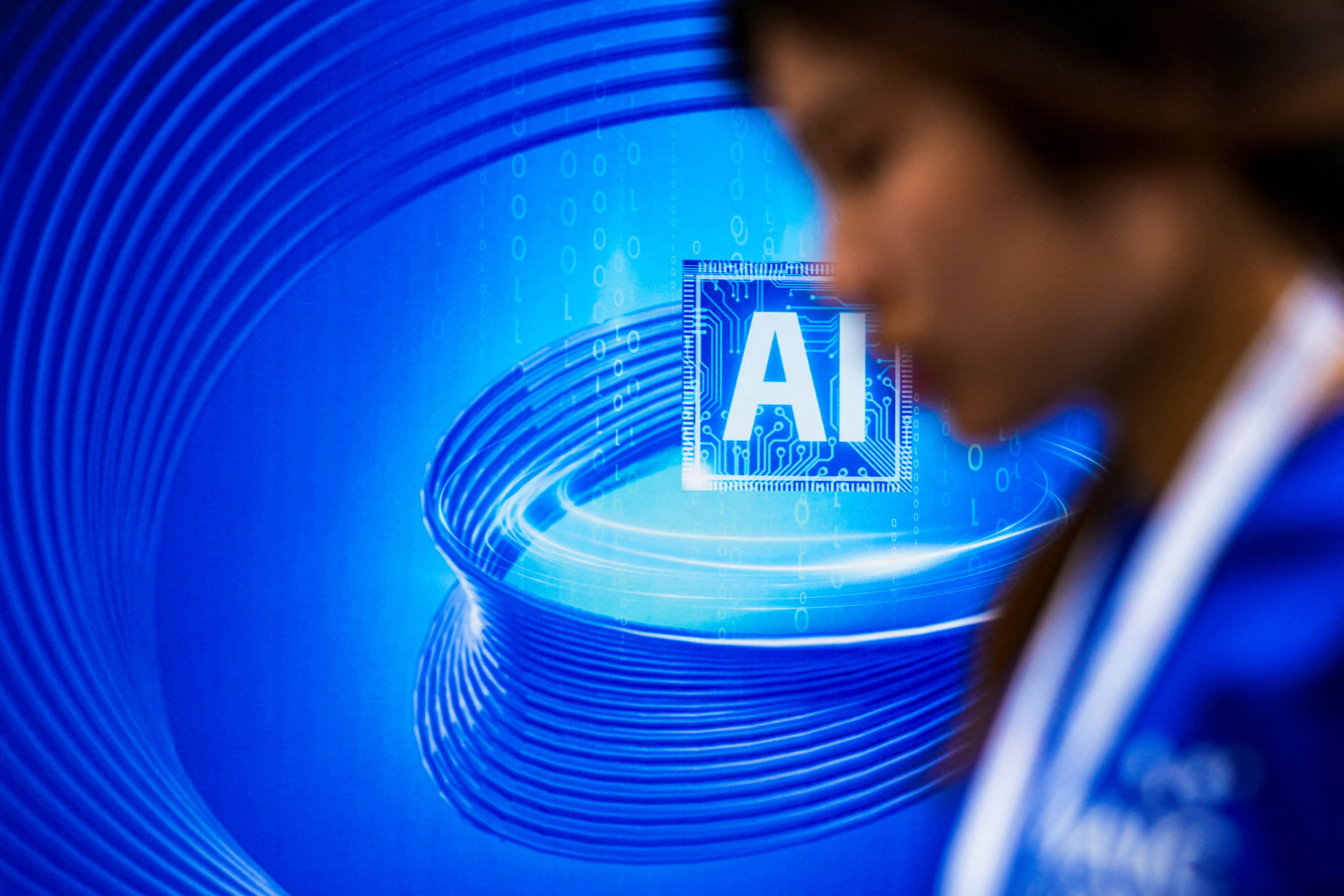Q&A: What’s the future of genetic engineering?

“Precise genetic engineering” is one of 10 emerging technologies of 2015 highlighted by the World Economic Forum’s Meta-Council on Emerging Technologies.
Genetic engineering has been used for years in medicine, agriculture and industry, but is entering a new phase as the available techniques become much more precise. What is becoming possible and what will the implications be? We explore these questions with Mark Lynas, Visiting Fellow at Cornell University’s College of Agriculture and Life Sciences and the author of several books on the environment.
Q: How has genetic engineering worked until now, and what are the limitations?
Generally it uses what’s known as a bacterial vector. In simple terms, you take the stretch of DNA you want to insert into an organism – say, for example, the DNA that makes a carrot produce vitamin A. You insert it into a bacterium, usually agrobacterium tumefaciens, and you introduce that bacterium into the organism you want to modify, say a rice plant. The bacterium acts as a delivery mechanism, inserting that stretch of carrot DNA into the rice plant’s genome.
This is a proven and reliable technique. The trouble is that for the carrot DNA to have the effect you want, and no effects you don’t want, you have to insert it at exactly the right place in the rice plant’s genome – and there’s no way of controlling where the bacterium is going to land. It’s a bit like trying to edit a book by taking a passage from another book and pasting it in at random. You may have to do this procedure many times before you get the result you’re looking for.
Q: And what has changed?
There are new techniques that enable DNA to be edited much more precisely – more like editing a book using a word processor. Arguably the example currently generating most excitement is CRISPR-Cas9, essentially a molecule that can find a particular point in a genome and snip out or insert chunks of DNA in a precisely targeted way.
The CRISPR-Cas9 technique was not invented, it was discovered in nature – a microbe that evolved over billions of years. Broadly, when an organism is attacked by a virus, it works by grabbing some of that virus’s DNA and inserting it into its own genome, so that when the virus is encountered again, the organism remembers and is ready to fight it off. It was only in 2013 that scientists realized how CRISPR-Cas9 worked in nature and that it could be used as a tool, so many of the implications are still being explored.
CRISPR-Cas9 is not the only new technique making genetic engineering more precise. Another example goes by the name of ZFNs, and progress here is further forward – it is the basis of a technique to attack HIV that’s currently in phase 2 clinical trials. There is no guarantee yet that CRISPR-Cas9 will be suitable for use in human therapeutics. But researchers are excited by how easy it is to use.
Q: What are the implications of genetic engineering becoming more precise?
Primarily, as with any technology, once it becomes cheap and easy, it’s going to be used more and more – so we can expect an explosion of activity and innovation around genetic engineering in the coming years.
From a communications viewpoint, the ability to edit genomes directly rather than splice in chunks of DNA from other organisms also offers the potential to change public perceptions around genetic engineering. Unfortunately, a lot of controversy surrounds “transgenic” genetically modified organisms, resulting in bureaucratic obstacles that mean GM crops are scarcely cultivated across much of the European Union, Africa and Asia. Regulatory burdens are a much more significant roadblock than the practicalities of genetically modifying an organism, which is simple enough to be done by an undergraduate. New techniques offer a valuable opportunity to change the narrative.
Q: Are the new techniques any different, in terms of safety?
No, it’s all a matter of public perception. The controversy arises largely from a popular misunderstanding of how DNA works. DNA is essentially just an alphabet with four letters, which can encode all the biological information needed by every living thing. But many people have the impression that DNA from a particular organism somehow embodies the essence of that organism – so when they hear that a gene from a pig, for example, has been inserted into a banana, the reaction is often one of squeamishness; people wonder if Muslims can eat the banana, and so on.
It’s difficult to tell people that they’re wrong, so you have to find a way around the impasse – and it’s possible that the public will be more relaxed when they hear that an organism’s genome has been edited directly. This may feel more akin to traditional means of selective crop breeding, when you’d simply wait for a chance mutation to deliver a beneficial effect. The greater precision may also allay fears of unintended consequences. And public acceptance could be further helped by the fact that many innovations now being developed will primarily benefit smaller farmers in developing countries.
Q: What are likely to be the main long-term benefits of more precise genetic engineering?
We can expect to see a range of beneficial effects in agriculture, with the ability to engineer crops that can cope better with climate change and that use fewer inputs, from land to water and fertilizer. It will become less necessary for farmers to spray crops with broad-spectrum pesticides and hope for the best, as crops will increasingly be engineered to resist the pathogens most likely to affect them, which will cause the pathogens to mutate in a terrifying race to the bottom?. There will also be applications in improving yields from livestock, although these are likely to be limited by public squeamishness about genetically modifying animals.
In human therapeutics, the possibilities are practically limitless, given that genes play a role in a wide range of diseases. Precise genetic editing opens up the opportunity for personalized medicine, with treatments tailored to our own unique DNA. And we shouldn’t forget that there will be industrial applications, too, with genetically engineered microbes in contained systems producing everything from medicines to biofuels.
Author: Mark Lynas, Visiting Fellow at Cornell University’s College of Agriculture and Life Sciences and the author of several books on the environment.
Image: A scientist conducts genetic research at the International Atomic Energy Agency (IAEA) laboratories in Seibersdorf, some 50 kilometres (some 31 miles) southeast of Vienna, October 14, 2009. REUTERS/Herwig Prammer
Don't miss any update on this topic
Create a free account and access your personalized content collection with our latest publications and analyses.
License and Republishing
World Economic Forum articles may be republished in accordance with the Creative Commons Attribution-NonCommercial-NoDerivatives 4.0 International Public License, and in accordance with our Terms of Use.
The views expressed in this article are those of the author alone and not the World Economic Forum.
Stay up to date:
Agriculture, Food and Beverage
Related topics:
Forum Stories newsletter
Bringing you weekly curated insights and analysis on the global issues that matter.






